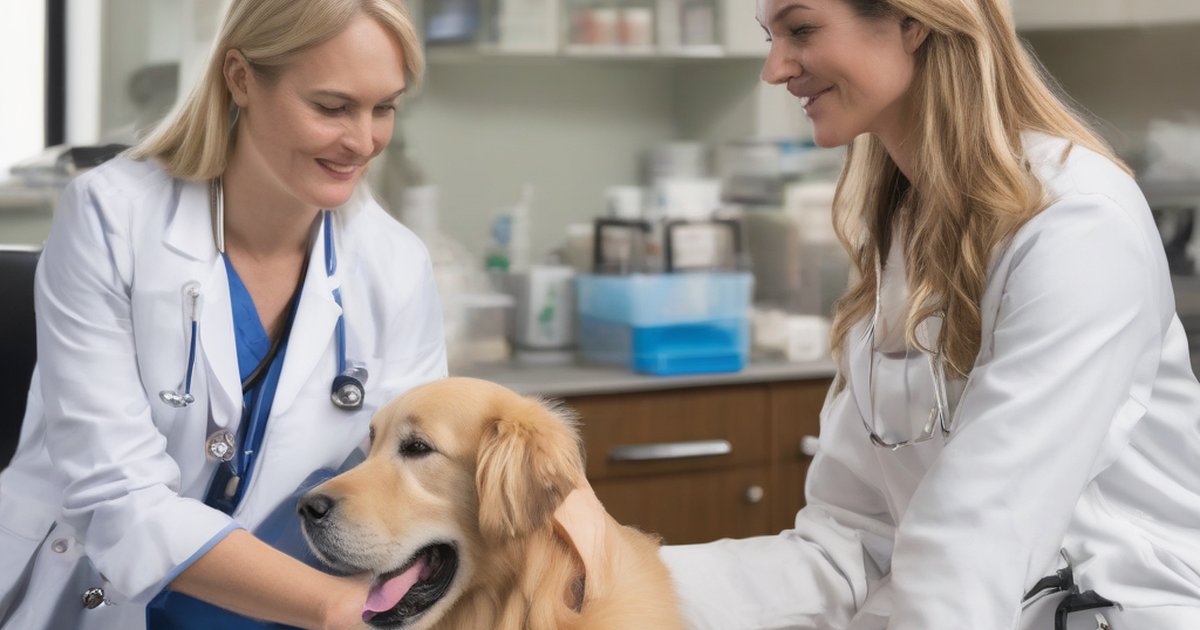The problem
The problem is that many dogs and cats with lower urinary-tract symptoms receive antibiotics before lab tests confirm infection or identify which bacteria are present. This approach leads to missed diagnoses and increases the risk of drug-resistant infections. Without targeted treatment, you may face repeat vet visits and longer recovery for your pet.
How common this is
Lower urinary-tract infections affect a substantial portion of pets with urinary issues. About 37% of dogs and 26% of cats presenting with urinary symptoms actually have bacterial urinary tract infections. E. coli is the most common culprit—responsible for 46.4% of infections in dogs and 66.7% in cats. These numbers show that nearly one in three dogs and one in four cats with urinary signs are battling bacterial infections, not just inflammation or crystals. For owners, this means bacterial causes are more common than you might assume when your pet starts urinating outside the box or straining in the yard.
What the research found
The study found that multi-drug resistance is already widespread in bacteria causing urinary tract infections in dogs and cats. This means several commonly used antibiotics no longer work reliably against these infections. E. coli was the leading pathogen, accounting for nearly half of dog cases and two-thirds of cat cases. In plain terms, if your cat or dog gets a UTI, there’s a good chance E. coli is the cause. Many bacterial isolates resisted multiple antibiotics, making treatment more complicated. Practically, this suggests that switching antibiotics without lab guidance risks wasted time and money. Gram-negative bacteria, such as E. coli, remained consistently susceptible to amikacin. This means amikacin may work even when other antibiotics fail. Gram-positive bacteria responded well to nitrofurantoin and linezolid. In plain terms, these drugs offer reliable choices when the infection is caused by Gram-positive bacteria, which are a different group of bacteria than E. coli. Urine culture and lab-based antibiotic sensitivity testing allowed veterinarians to select the most effective drug from the start. Practically, this approach reduces the risk of treatment failure and shortens recovery time.
Why this matters
You save money and stress when your pet’s infection is treated with the right antibiotic from day one. Fewer failed treatments mean less time watching your cat strain in the litter box or your dog have accidents indoors. You avoid unnecessary doses that can upset your pet’s stomach or disrupt daily routines. One owner scenario: Your cat starts peeing outside the litter box and seems uncomfortable. You worry about cost and want a quick fix, but choosing the wrong antibiotic means more vet visits and ongoing symptoms.
Your vet can skip guessing and use lab results to guide treatment, leading to faster relief for your pet. Targeted therapy limits the spread of drug-resistant bacteria, protecting your household and community. Treatment costs drop when one prescription solves the problem instead of three. Another owner scenario: Your dog finishes a course of antibiotics but symptoms return two weeks later. Lab testing finds a resistant bacteria, and switching to the right drug quickly ends the cycle of discomfort and expense.
What you can do
- Request a urine culture and antibiotic sensitivity test before starting antibiotics for your cat or dog’s urinary symptoms.
- Ask your vet to identify whether the infection is caused by Gram-negative or Gram-positive bacteria before choosing medication.
- If prescribed amikacin for a Gram-negative infection, confirm dosing schedule and monitor for side effects with your vet.
- For Gram-positive infections, discuss nitrofurantoin or linezolid as first-line options and ask about dosing adjustments for your pet’s age and weight.
- Keep a record of past antibiotics used and share this with your vet to avoid repeat exposure to drugs that may no longer work.
- Schedule a follow-up urinalysis seven to ten days after finishing treatment to confirm the infection has cleared.
- Use a pill organizer or calendar app to track each antibiotic dose and avoid missed treatments.
When to act
- At first signs of urinary trouble—such as straining, frequent urination, blood in urine, or accidents in the house.
- When your pet is diagnosed with a urinary tract infection and you’re considering antibiotics.
- If previous antibiotic treatments failed or symptoms returned after stopping medication.
- When switching vets or moving—share your pet’s infection and antibiotic history at the first appointment.
- After your pet starts a new antibiotic—schedule a check-in within seven to ten days to assess progress.
Study limitations
- Single-center study; all data collected from one veterinary hospital.
- Sample included 146 dogs and 162 cats with lower urinary-tract disorders.
- No breakdown by breed, age, or geographic variation in resistance patterns.
- Results reflect antimicrobial usage practices at one location.
- What we don’t know yet: Whether these resistance patterns match other regions or clinics.
Bottom line
Lab testing for urine infections guides effective antibiotic choices in dogs and cats. Targeted treatment shortens recovery and lowers the risk of drug resistance in your household.
Your action plan
Start by asking your vet for a urine culture and sensitivity test as soon as your cat or dog shows urinary symptoms. Share your pet’s antibiotic history and note any past treatment failures. If the lab identifies a Gram-negative infection, confirm amikacin dosing and monitor for side effects during therapy. For Gram-positive cases, discuss nitrofurantoin or linezolid dosing and watch for any stomach upset. Use a calendar or pillbox to ensure every dose is given on time. Schedule a follow-up urinalysis after treatment to make sure the infection has cleared. If symptoms return, bring a record of previous drugs to speed up adjustments. Taking these steps helps your pet recover faster and avoids the frustration of persistent infections.
Disclaimer
This brief is for educational purposes only and does not replace veterinary advice. Always consult your veterinarian for diagnosis and treatment decisions tailored to your pet.


